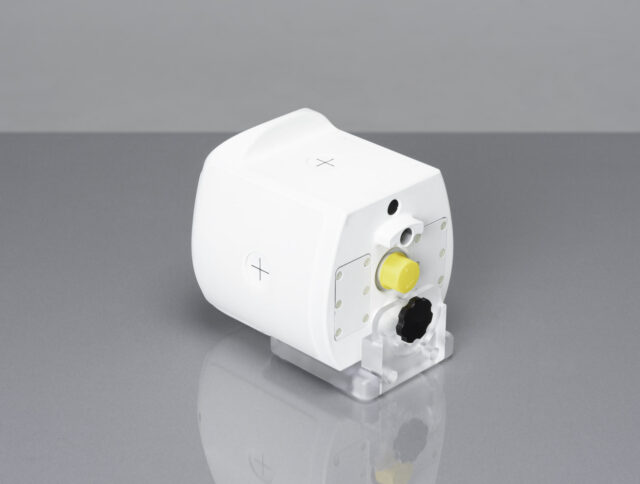
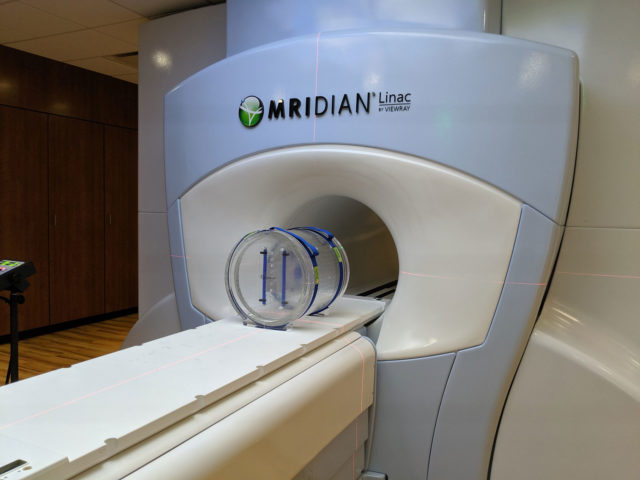
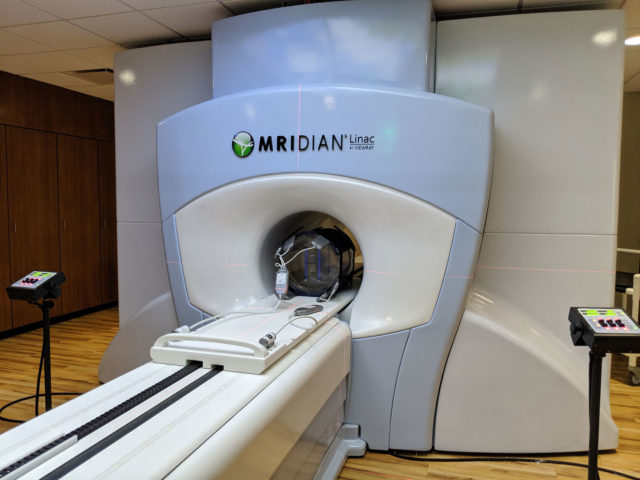
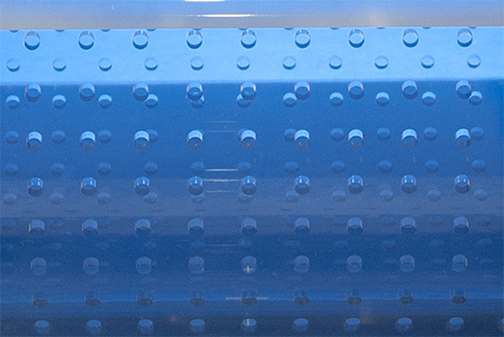
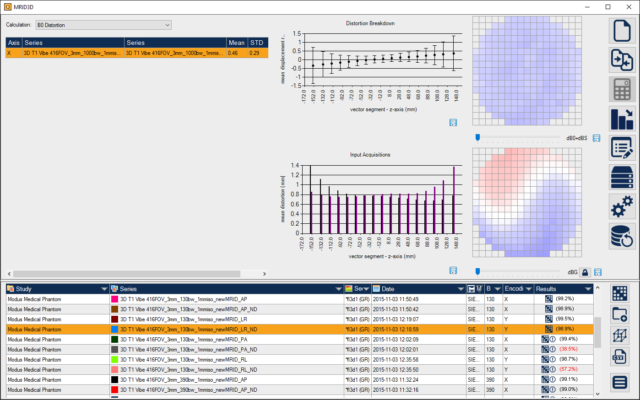

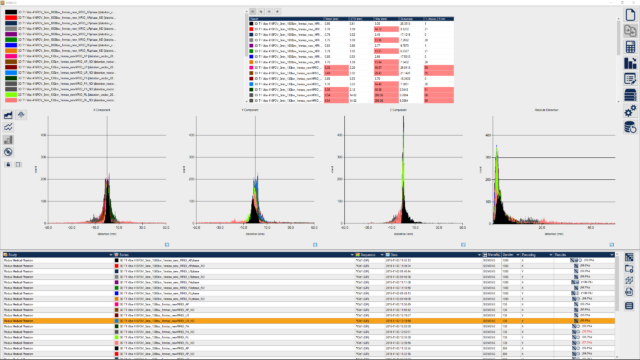

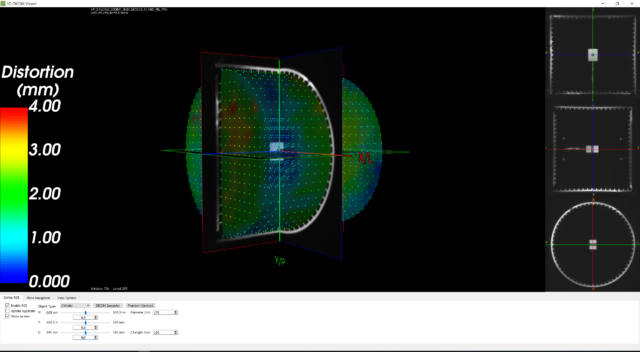
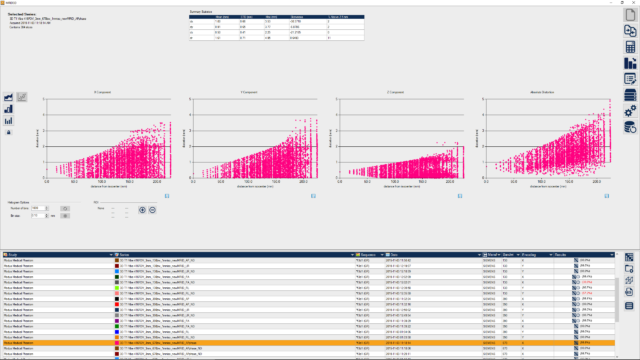
QUASAR™ MRID³ᴰ Geometric Distortion Analysis System
QUASAR™ MRID3D is a lighter, larger and more efficient way to quantify MRI geometric distortion in 3D. This industry-leading distortion analysis system provides sub-millimeter accuracy and is trusted globally by medical physicists for third party MR-SIM and MR-LINAC commissioning and quality assurance.
The large FOV (37 cm x 32 cm) hollow boundary phantom design allows for efficient workflow with setup, scan, and analysis in under 10 minutes. MRID3D includes image analysis software with a built-in 3D DICOM Viewer and Region of Interest (ROI) selector, permitting user analysis of smaller custom volumes.
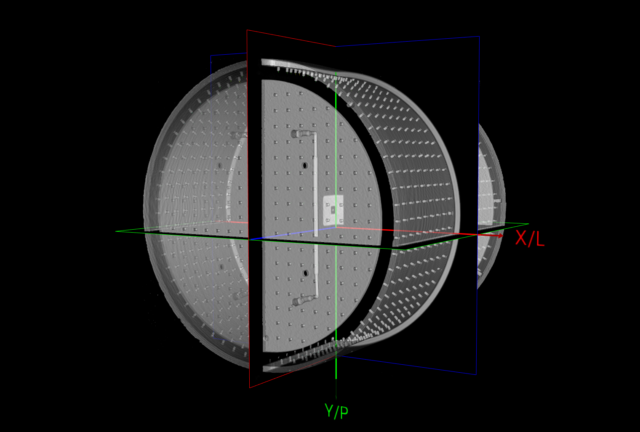
The world’s experts in MRgRT are also our partners.
MR OEMS rely on the MRID³ᴰ for the commissioning and continuous QA of MRgRT systems. The system is vendor-agnostic and can quantify distortion on systems ranging from 0.35T – 3T.
-
Specifications
- Phantom Material: Acrylic
- Density: 1.18 g/cm³
- Weight: 21 kg
- Volume Susceptibility: χv= -9.01 x 10-6 @ 20°C
- Contrast Media: 5 litres of high T1 contrast Paraffinic Mineral Oil
- Contrast Volume Susceptibility: χv= -9.24 x 10-6 @ 20°C
- Contrast Density: 0.83 g/cm³, T1= ~300ms @1.5T, Dielectric Constant εr <3
- Physical Dimensions: 39.4 cm diameter by 39.1 cm long
- Imaging Dimensions: 36.8 cm diameter by 32.1 cm long
- Internal Volume: hollow, 33 cm diameter x 27 cm long, ~25 liters
-
Minimum Technical Requirements
- Operating System: Windows 7 SP1 or higher
- Processor: Intel Core™ i7 or better
- Hard Disk Space: 10 GB minimum (64-bit)
- RAM: 8 gigabyte (GB) or more
- Screen Resolution: 1920 x 1080 pixels
- Graphics Card: Intel HD Integrated Graphics or Nvidia GeForce GTX 750 or better
-
100-1018: MRID³ᴰ Geometric Distortion Analysis System, includes;
- 1-Phantom
- 1-Software License
- User's Guide
-
500-5040: Additional Software License
- 1-Software License
-
Features
Workflow Efficiency
The MRID³ᴰ design enables quick setup, scanning and analysis of geometric distortion in as little as 10 minutes. The phantom is pre-filled with high T1W mineral oil and is self-contained with a controlled internal environment, which does not require maintenance over time. In addition, auto-detection and auto-registration processes support quick and accurate data analysis.
Geometric Accuracy and Stability
The MRID³ᴰ system is designed to maintain geometric integrity, resulting in accurate and reliable distortion analysis over the lifetime of the phantom. The combination of precisely machined fiducials, susceptibility-matched materials and structure volume stabilization features result in a superior geometric distortion solution.
Spherical Harmonic Analysis Detection Method
MRID³ᴰ uses a proven scientific method to quantify MR Geometric Distortion by adaptation of algorithms used in B0 shimming and gradient coil design. This innovative method allows for a highly accurate, hollow and lighter geometric distortion phantom. Combined with the phantom’s physical features, the MRID³ᴰ provides true submillimeter accuracy.
Automatic Phantom Registration
Accuracy is further improved by the incorporation of an XYZ detection feature, along with six contrastive fiducials at isocenter. MRID³ᴰ determines any discrepancy with DICOM coordinates and corrects the DVF to remove the effects of laser/couch misalignment or human error. This design promotes accurate data registration, even at high distortion levels.
Software
The QUASAR™ MRID³ᴰ software application is designed with specific needs of MR medical physicists and clinical workflow in mind. Accuracy, speed, and efficiency of results were primary considerations during the design process. The software application is optimized to run locally without load or latency issues, which results in less time waiting for cloud-based applications to generate 3D distortion vector fields. An unlimited scan license for one system is provided with QUASAR™ MRID³ᴰ. This allows users to test freely without the concern of depleting a defined quota of eligible scans. Additional system licenses are available upon request.
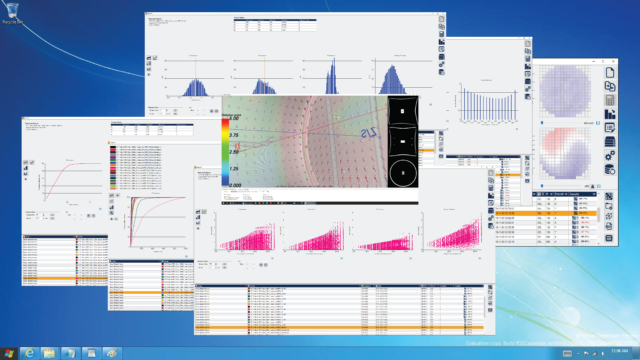

Efficient And Secure
Locally secure, client-based software designed for fast data transfer by using a built-in DICOM receiver. Advanced algorithms analyze 11,253 data points to report a high-resolution DVF. Results are typically available in under 10 minutes, including setup and scanning. Maintain control of your critical information without a need for cloud-based data management.
Real-time Visualization Tools
Interactive 3D DVF Viewer with ROI selector enables users to update displayed data in real-time to gain additional insights. Multiple visualization tools provide a variety of ways to easily interpret the analysis results. View and report data in statistical and graphical formats using a customizable, simple to use report generator.
Trending Analysis
QUASAR MRID³ᴰ advanced software provides users with the ability to monitor the performance of their MR system over time. By acquiring routine scans of the phantom on a consistent basis, users can detect changes in their MR system’s magnetic field which may contribute to system troubleshooting and preventative maintenance.
B0 And GNL Differentiation
QUASAR MRID³ᴰ provides the ability to report spherical harmonic coefficients and automatically quantify B0 and Gradient Non-Linearity distortions. Distortion characterization enables optimization of scan sequences for Radiation Therapy and increased inspection of the DVF. This feature is valuable in advanced imaging techniques such as Diffusion Weighted Imaging (DWI), which is greatly affected by GNL.
Unlimited Scan License
Unlike our competitors’ solutions, the MRID³ᴰ includes unlimited analyzed scans on one scanner with no expiry. This enables users to test freely without the concern of depleting a defined quota of eligible scans. An optional unlimited system scan license enables multi-system scanning over multiple sites with no expiry.
Additional Resources
TU‐G‐134‐02: A Harmonic Field Approach to Quantifying MRI Spatial Accuracy for MRIgRTTadic, T and Jaffray, D and Stanescu, T, Medical Physics, 40, 460-461 (2013), DOI
WE‐G‐WAB‐07: Commissioning of a Novel Integrated Platform for Online MRIgRTTadic, T and Jaffray, D and Winter, J and Petropoulos, L and Marle, J and Sweitzer, M and Stanescu, T, Medical Physics, 40, 506-506 (2013),
Development of a Novel Platform for MR-Guided Radiation TherapyD.A. Jaffray,1,2 M. Carlone,3 S. Breen,3 M. Milosevic,3 C. Menard,1 T. Stanescu,1 A. Rink,1 H. Alasti,3 M. Sweitzer,4 and J. Winter5, Oral Scientific Sessions, S13, 87-2S (2013),
Assessment of MRI image distortion based on 6 consecutive years of annual QAs and measurements on 14 MRI scanners used for radiation therapy
Lanchun Lu,Xiangyu Yang,Brian Raterman,Xia Jiang,Matthew Meineke,John Grecula,Dukagjin Blakaj,Joshua Palmer,Raju Raval,Evan Thomas,David Hintenlang,Nilendu Gupta (2022), Assessment of MRI image distortion based on 6 consecutive years of annual QAs and measurements on 14 MRI scanners used for radiation therapy, Journal of Applied Clinical Medical Physics, e13843, https://doi.org/10.1002/acm2.13843

